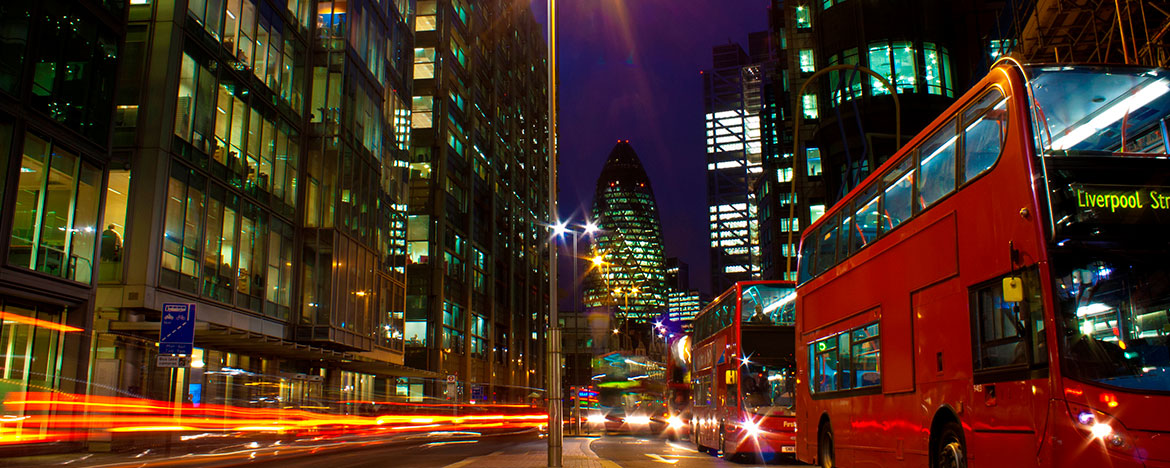
Does your workforce regularly complain about irritating symptoms such as headaches, runny noses and itching? Have you noticed that people are taking much more sick leave, performing badly, or are unhappy with their surroundings? If so, it could be a case of Sick Building Syndrome.
Symptoms of sick building syndrome include:
• Headaches
• Blocked or runny nose
• Dry, itchy skin
• Dry, sore eyes
• Rashes
• Tiredness and difficulty concentrating
Causes of sick building syndrome:
• Low level of user control over ventilation, heating and lighting
• Poor design and maintenance of building management systems
• Poor ventilation or poorly maintained air conditioning
• Dust, smoke, fumes or fabric fibres in the air
• Bright or flickering lights
• A building that is too hot or too cold
How you can ease the symptoms of sick building syndrome:
• Open windows to improve ventilation, if you can
• Don’t set the temperature too high (aim for about 19C) and don’t change it lots of times during the day
• Don’t set the temperature too high (aim for about 19C) and don’t change it lots of times during the day
• Improve air quality, including ventilation, outdoor air supply and air movement
• Control the temperature and humidity
Carbon Dioxide.
Carbon dioxide is one of the best indicators of poor indoor air quality. Improvements in building technology, and increased legislation, means buildings are becoming increasingly air tight. While this is good for building efficiency, unless the ventilation is correctly controlled and maintained, carbon dioxide builds up and causes problems for the occupants.
The problem often occurs in buildings with high occupancy such as offices, hospitals and schools.
Clarkson Controls design and manufacture CO2 sensors and Building Management Systems (BMS) to control air quality, heating, ventilation and CO2.
Don’t live with a sick building, call us today for a fresh approach to BMS.


















